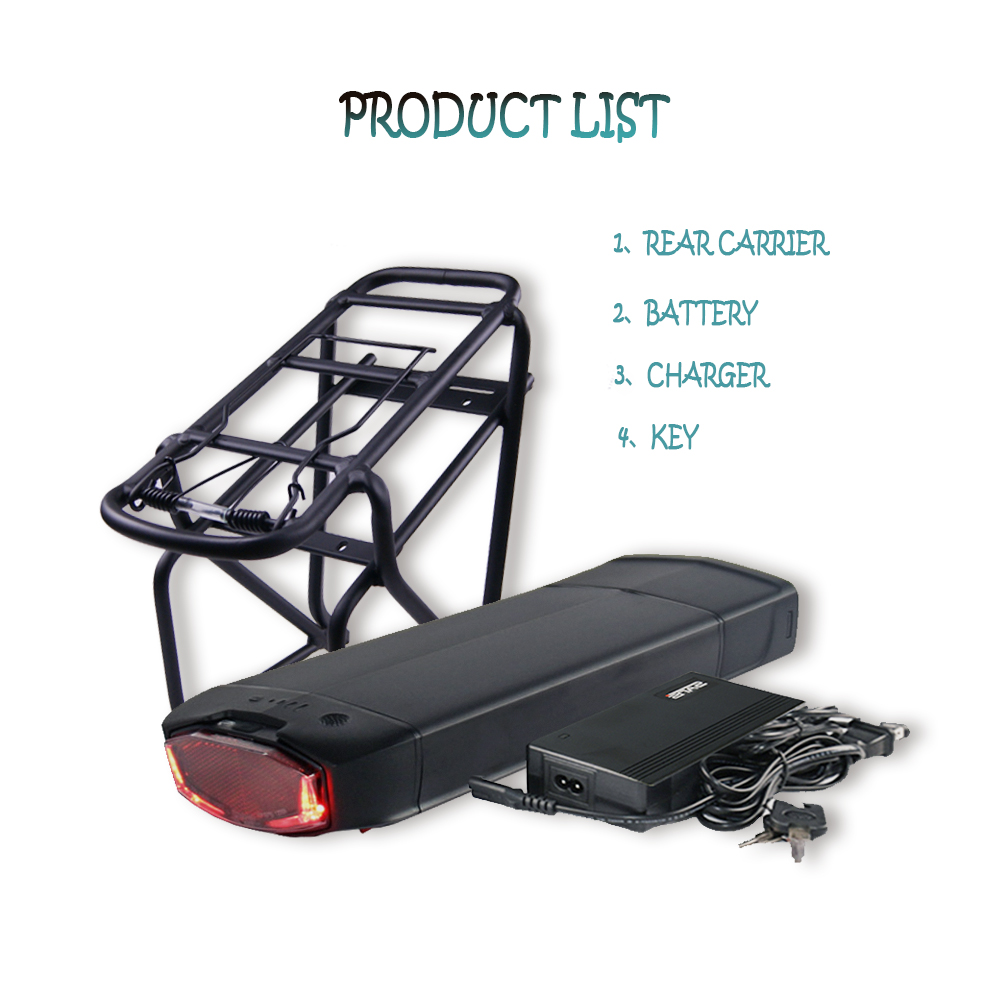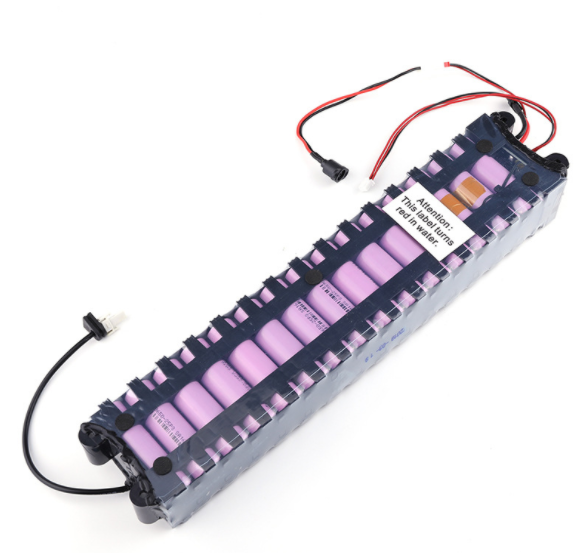(1) Lead-acid sealed battery
Lead-acid sealed battery consists of positive and negative plates, separators and electrolytes, battery tank and connecting strips (or lead parts),
Composed of terminal blocks and exhaust valves. The pole plate is the core component of the battery. It is a lead grid plate with a grid structure, which is divided into two types: positive plate and negative plate. The active material on the positive plate is lead dioxide, which is brown-red; the active material on the negative plate is spongy pure lead, which is blue-gray. Batteries used in stand-alone photovoltaic systems should be of the deep cycle heavy-duty type. Since the lead plate material is relatively soft, some elements such as brocade or calcium should be added to strengthen the hardness of the lead plate, which can improve the performance of the battery. Valve-regulated sealed lead-acid batteries have the advantages of no need to add acid water, no acid mist precipitation, can be placed arbitrarily, easy to carry, clean to use, etc., and have been widely used in photovoltaic power generation systems in recent years. However, the battery pack is relatively expensive and has a short lifespan. Generally, the maintenance-free working life is 5 years, while the stable working life of photovoltaic panels is 25 to 30 years. The existence of batteries will affect the life of the photovoltaic system. Therefore, Using appropriate charging and discharging methods to prolong the life of the battery can greatly reduce the maintenance cost of the photovoltaic system.
36v 14.5ah lithium battery rechargeable electric bike rear rack battery ebike battery

(2) Iron-nickel battery
The iron-nickel battery has also become a colloidal battery, and the sulfuric acid electrolyte is replaced with a colloidal electrolyte, which is improved compared with ordinary batteries in terms of safety, storage capacity, discharge performance, and service life. Bulk lead-acid batteries use gel-like electrolytes without free liquid inside. Under the same volume, the electrolyte has a large capacity, large heat capacity, and strong heat dissipation ability, which can avoid the phenomenon of a thermal runaway that is easy to occur in general batteries; the electrolyte concentration is low. The corrosion effect is weak; the concentration is uniform, there is no stratification of the electrolyte, and it is not easy to vulcanize compared with ordinary lead-acid batteries. Therefore, gel batteries are maintenance-free and have a longer service life than ordinary lead-acid batteries!
(3) Alkaline battery
The basic structure of an alkaline battery is the same as that of a lead-acid battery, with plates, separators, casing, and electrolytes. Alkaline batteries can be divided into cadmium-nickel batteries and iron-nickel batteries according to their plate materials. The working principle is the same as that of lead-acid batteries, but the specific chemical reactions are different. Compared with lead-acid batteries, alkaline batteries have the advantages of small size, deep discharge, resistance to overcharge and over-discharge, long service life, and simple maintenance.
8.5 inch universal original battery pack for Xiaomi M365 scooter

(4) Nickel-cadmium battery
Nickel-cadmium batteries use nickel hydroxide as the active material of the positive electrode, a mixture of cadmium and iron as the active material of the negative electrode, and the electrolyte is a potassium hydroxide aqueous solution. Compared with lead-acid batteries, the advantages of nickel-cadmium batteries: high specific energy; full discharge resistance, no need for super capacity design; good mechanical properties; good low-temperature performance; low internal resistance, allowing large current output; allowing fast charging; voltage stability during discharge Easy to maintain.
(5) Ni-MH battery
The structure and principle of the nickel-cadmium battery are similar, the difference is that the cadmium is replaced by a hydrogen storage alloy electrode. Its main advantages are: compared with the same volume of nickel-cadmium batteries, it has a higher capacity; compared with cadmium, it uses a hydrogen storage alloy electrode, and there is no pollution problem caused by heavy metal cadmium; it has good overcharge and over-discharge performance.
(6) lithium battery
High energy density is the biggest advantage of ternary lithium batteries, and the voltage platform is an important indicator of battery energy density, which determines the basic efficiency and cost of batteries. The higher the voltage platform, the greater the specific capacity, so for batteries with the same volume, weight, or even the same amperage, the higher the voltage platform, the longer the battery life of the ternary material lithium battery.

